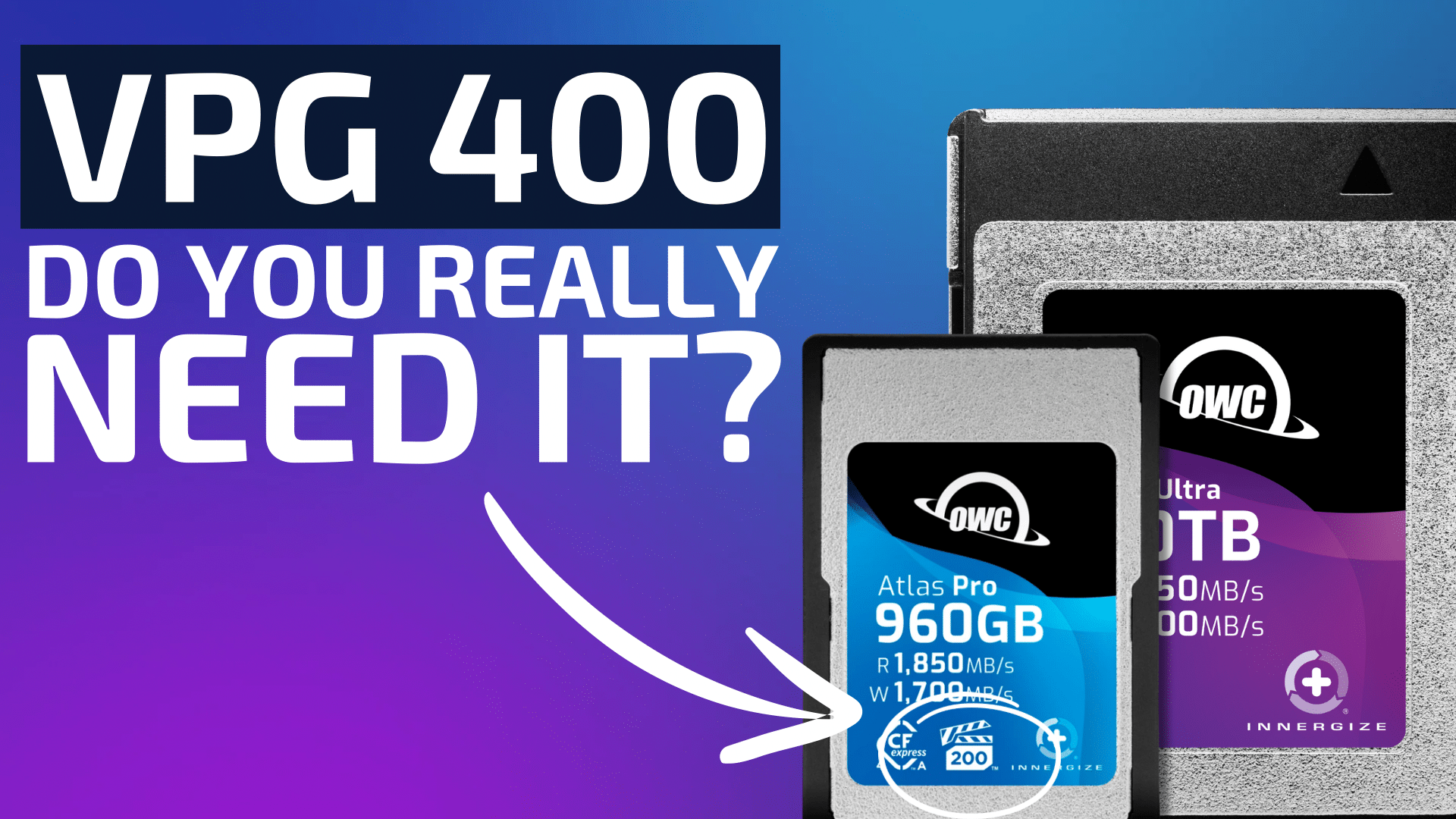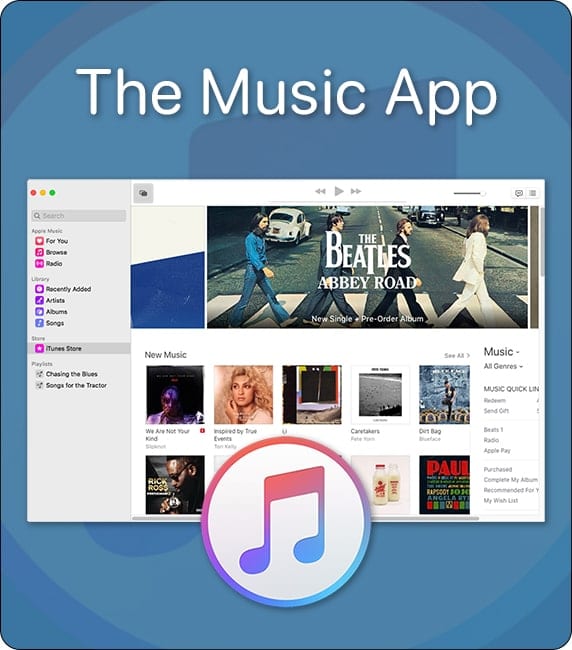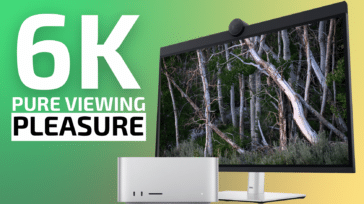
Let’s get right to the point. You’re trying to decide on an appropriate memory card and we’re not here to waste anymore of your time. VPG is a certification that was created by the CF Express Association. The CFexpress Association is a board of people mostly made up of the folks who make and sell CFexpress memory cards. CFexpress cards are professional-grade cards with speeds up to 10x of typical SD cards that are used in digital cameras.
The CFexpress Association made a decision to create a standardized certification process that would ensure a certain level of performance in these cards. That standard is VPG. The two types of certification CFexpress cards can receive are VPG 200 and VPG 400.
Where things get a bit tricky is that there are three (3) types of CFexpress Cards and that can receive VPG certification. The most popular types of modern CFexpress cards are Type A and Type B, both of which we here at OWC offer under our Atlas Pro and Atlas Ultra lineups.
As we covered in a previous post, CFexpress Type B cards typically differ from their Type A counterparts in two primary ways: Type B cards are larger and capable of higher speeds than Type A cards. Type B cards are also used in many more brands and models of cameras than Type A cards as the only cameras on the market that use Type A cards are Sony Alpha and FX Series cameras—cameras that make up a huge chunk of the camera market.
If you’re a professional content creator, you’ve probably seen VPG certification noted on a memory card (as it is on our Atlas Pro CFexpress Type A cards), or heard that it is required in certain Sony cameras like the new Sony Burano or to record video in certain high-bitrate modes on Sony cameras. And you might have even wondered, “Do I really need a VPG 400 card?” In short, the answer is “no.” Let us explain why.
What’s the difference between VPG 200 and VPG 400?
This one is pretty simple: VPG 200 certification verifies that Sony has tested a given memory card and that memory card has consistently demonstrated sustained write speeds of 200 MB/s under all shooting conditions.
However, this is a stringent certification. To earn it, even though cameras write data sequentially—writing data to the card in order—Sony requires these cards to be able to write randomly, to different blocks of the media and maintain 200 MB/s write speeds. And if you want a VPG 400 certification, the card must be able to sustain 400 MB/s speeds under the same random write requirement.
That essentially means that VPG 200 and VPG 400 are guaranteed to provide you with sustained 200 MB/s write speeds or 400 MB/s write speeds no matter how, when, or where you’re shooting. VPG 200 and VPG 400 cards are particularly awesome for photographers shooting high-resolution bursts, and for videographers who shoot in high bit rate formats.
CFexpress Type A and the Sony Alpha and FX Series Cameras
If you are the proud owner of a Sony A1, A9, A7R V, A7IV, A7III, or one of the A6000 Series cameras, we have good news: you don’t need a VPG 400 card.
Alpha Series cameras don’t have any recording modes that require such a high write speed. In fact, until the Sony Burano, a versatile 8K cinema camera that went on sale earlier this year, there were no cameras that required VPG 400 like the Burano does—more on that in a moment.
However, some Sony Alpha cameras have video record modes that do require you have at least a VPG 200 card inserted. In fact, if you try to use that mode without a card that is VPG 200 certified, the camera will see that there is no VPG metadata on the card and won’t let you record in that mode.
Because the Alpha Series cameras are used by both enthusiasts and professionals, this hard stop requirement for VPG 200 in certain modes was likely done to prevent enthusiasts or others who don’t have a firm grasp on the mode they’re entering from being disappointed that it doesn’t work with a card that can’t support it—or worse, mad at Sony because they think the camera is busted.
The Sony Alpha formats that typically require VPG 200 cards are shooting in 8K on the A1 or the 4K, 120fps mode when shooting on the FX3.
Another reason Sony may enforce this restriction in these higher end modes is that there are a lot of CFexpress cards floating around out there from all sorts of manufacturers. That makes it impossible for Sony to vet all of these different cards without requiring certification. That VPG 200 certification gives your he peace of mind that it will work flawlessly in every Sony Alpha or FX camera that you put it in.
The good news is that if you have a Sony Alpha or FX Series camera, OWC has you covered. Actually, you’re more than covered.
The OWC Atlas Pro CFexpress Type A card boasts up to 1700 MB/s write and1850 MB/s read speeds. And with sustained minimum write speeds of 400 MB/s, they have more than double the speed needed to gain the VPG 200 certification.
And if you’re wondering why a card with 400 MB/s sustained write capability is “only” VPG 200 certified, that’s because CFexpress Type A cards are only used in Sony Alpha and Sony FX cameras—none of which require VPG 400.
Plus, the highest level codec that you can record in on an Alpha or FX Series camera is around 75 MB/s. That’s less than half of what VPG 200 requires.
CFexpress Type B, the Sony Burano, and the VPG 400 requirement
That brings us to the new Burano and this VPG 400 requirement. And the way that Sony has handled this is a bit different from the way they did the VPG requirement on the Alpha and FX Series cameras.
While Burano manual lists that only VPG 400 cards are guaranteed to work, they have not disabled functionality when a card without VPG 400 certification is inserted. This is primarily because professional users understand the intricacies of cinema cameras more than enthusiasts might understand, say, their A1, but it’s also because there are already a lot of CFexpress cards on the market today that blow the VPG 400 speed requirement out of the water and it would be silly to lock out use of those cards just because they don’t have the official certification.
Take the Atlas Ultra CFexpress Type B cards from us here at OWC. While these cards don’t have a VPG 400 certification, they feature the latest CFexpress 4.0 technology and that means they do boast up to 3000 MB/s write speeds and up to 3650 MB/s read speeds. Plus, they have sustained write speeds of 1500 MB/s—more than 3x what VPG 400 certification requires.
Unfortunately, if you put a CFexpress Type B card that doesn’t have the VPG certification metadata flag inside of it—like the Atlas Ultra—into the Sony Burano, you’re going to get a message that says “not guaranteed media.” Which might make you feel uneasy about using that card! However, all this means is that it’s not guaranteed because Sony doesn’t know what media you’re putting into the camera. It just knows that it’s not VPG 400.
But that doesn’t mean it knows that the card isn’t going to work. In fact, Atlas Ultra CFexpress Type B cards will work flawlessly in the Sony Burano.
Not only does the Atlas Ultra Type B card have 1100 MB/s of headroom over that VPG 400 requirement for write speeds, but the Burano’s highest record format, XOCNLT doesn’t even record at a full 200 MB/s. This may mean that Sony has plans to add record formats that make full use of the VPG 400 capability, but as of right now, the requirement is a bit overkill.
Conclusion
Whether you’re shooting with a Sony Alpha or FX camera and need a VPG 200 certified card or you’re the proud owner of a Sony Burano and need a card that can handle VPG 400-level speeds, the OWC Atlas line has you covered.
The OWC Atlas Pro CFexpress Type A is not only VPG 200 certified—making it compatible with the Alpha and FX Series cameras’ stricter video modes—it has sustained write speeds that exceed VPG 200 requirements by 2x. You simply can’t slow these cards down.
And the OWC Atlas Ultra CFexpress Type B is the perfect companion for the most demanding cinema cameras—including the Sony Burano. Even though you’ll see Sony’s message of “not guaranteed media,” we here at OWC guarantee that you’ll unlock performance with the Atlas Ultra that delivers those crucial shots time and time again thanks to sustained write speeds of 1500 MB/s—nearly 4x what VPG 400 certification requires.
As always if you have any questions about Atlas Pro and Atlas Ultra CFexpress cards, drop us a line on our social channels, or leave a comment below.









